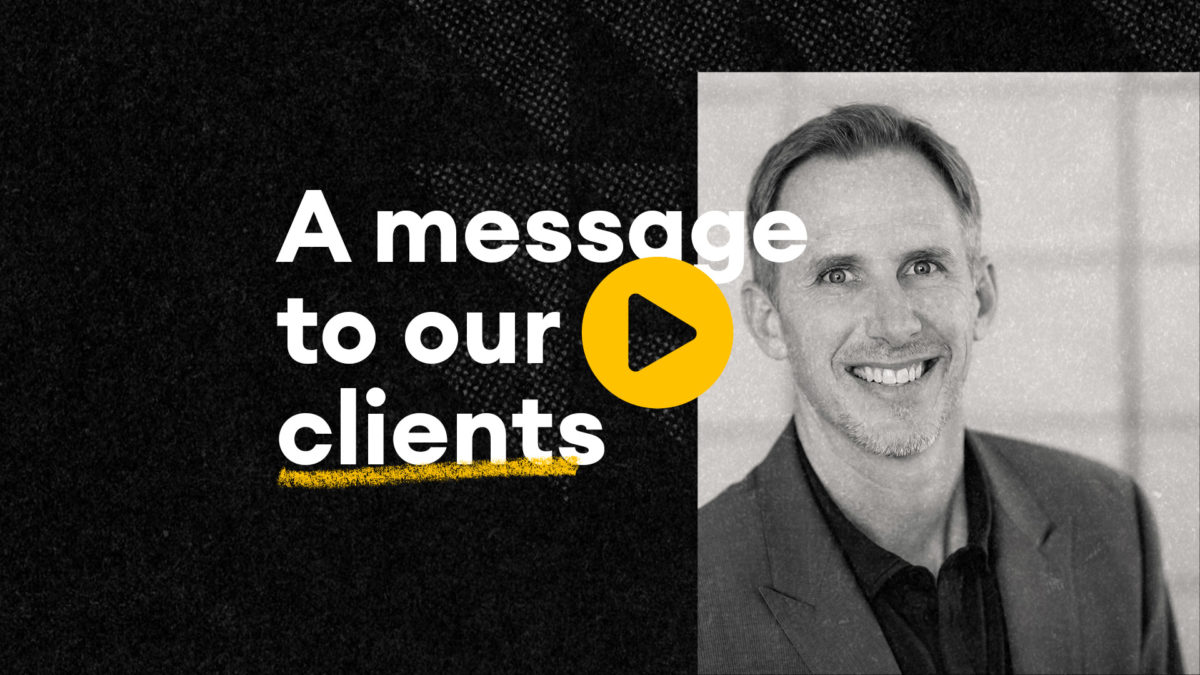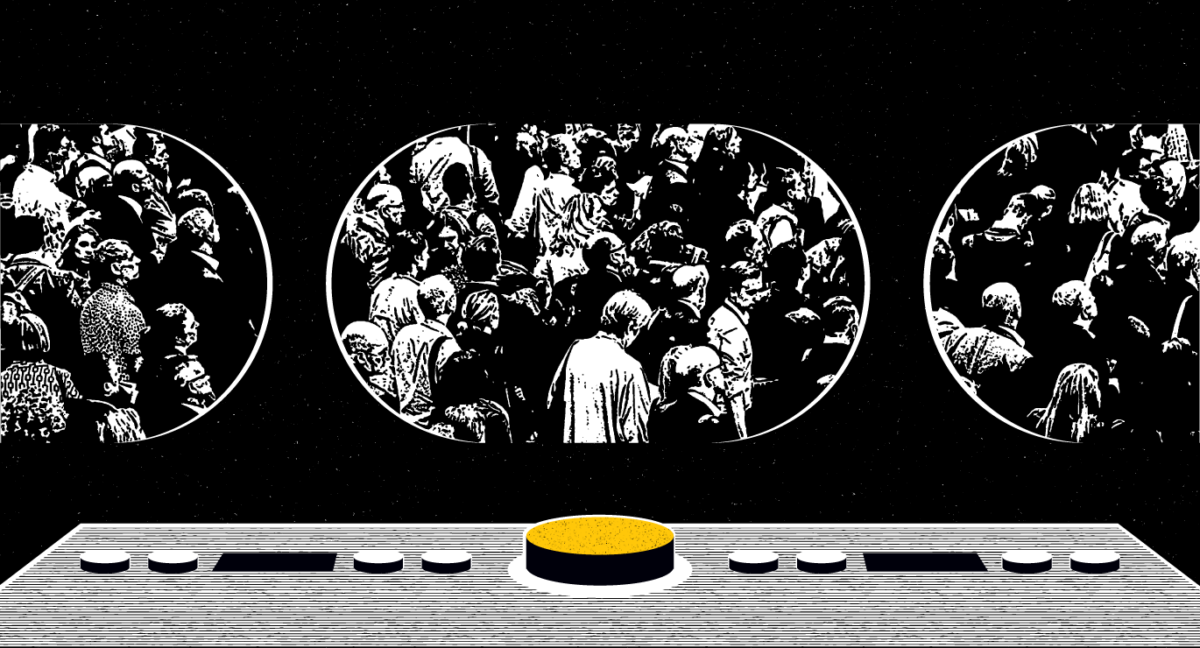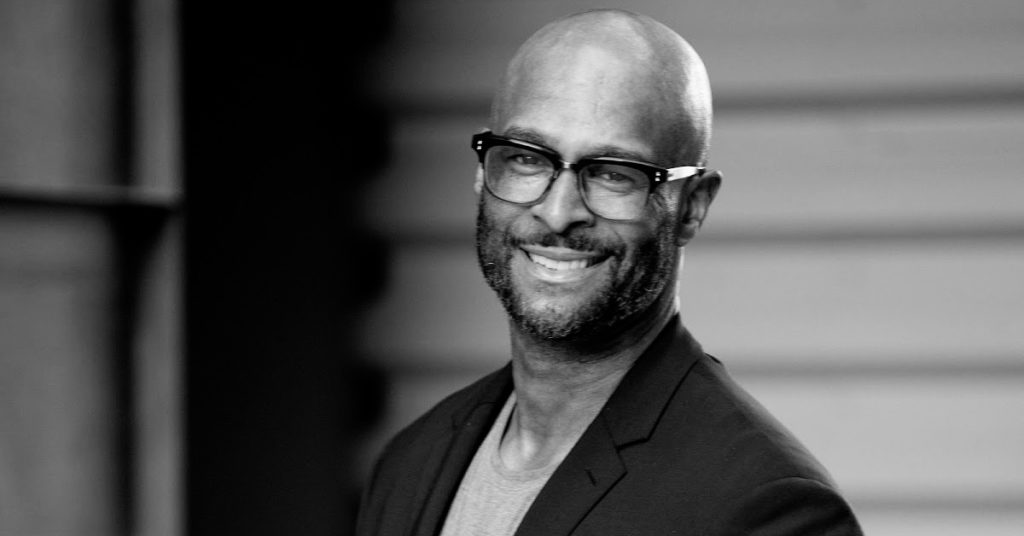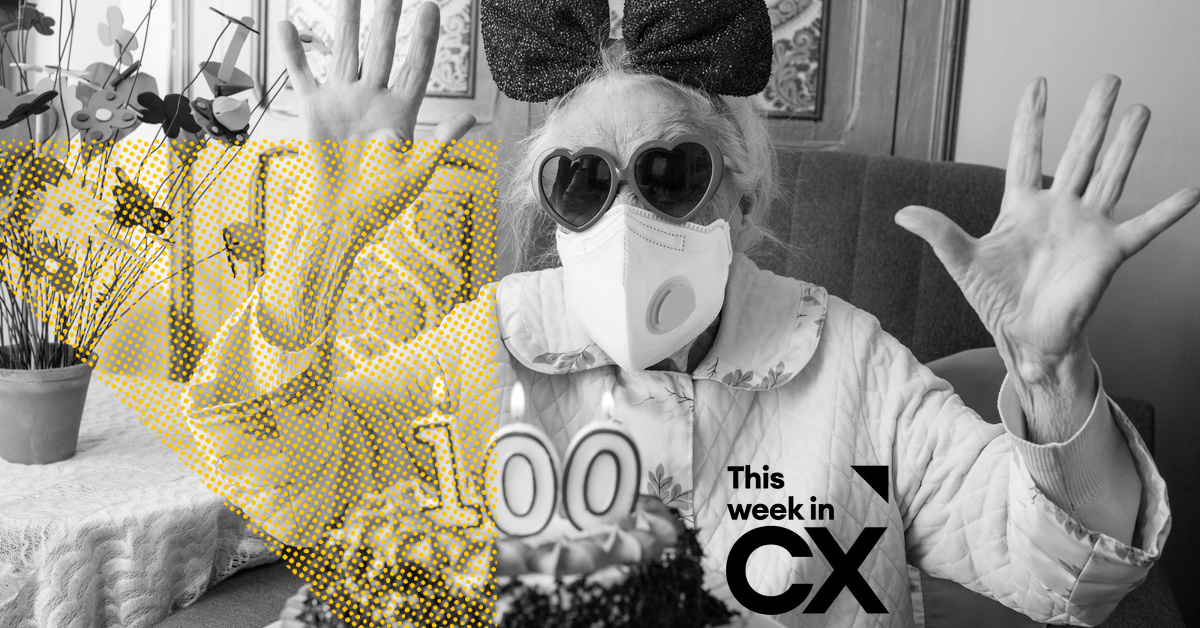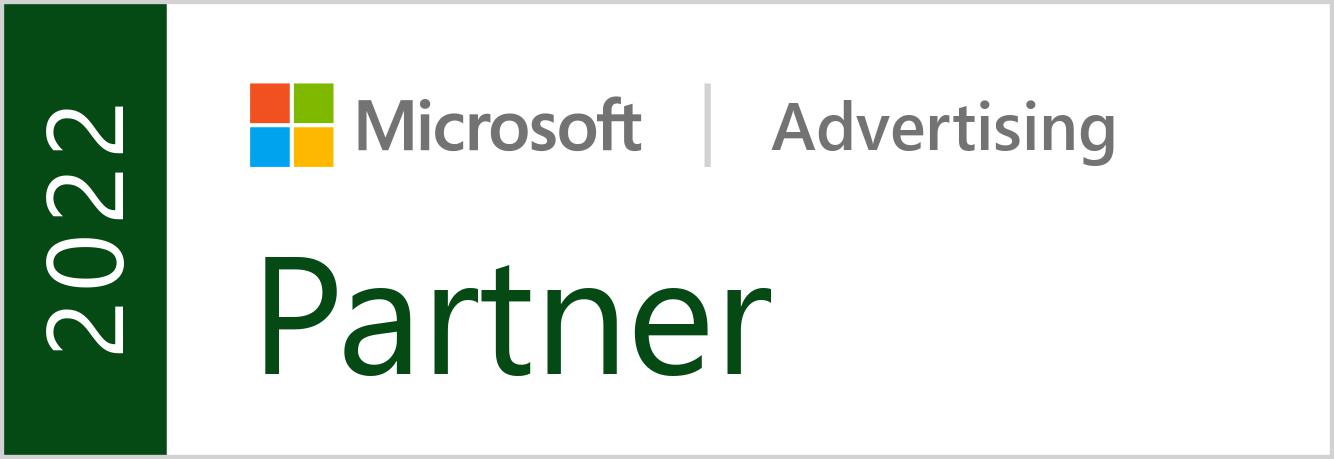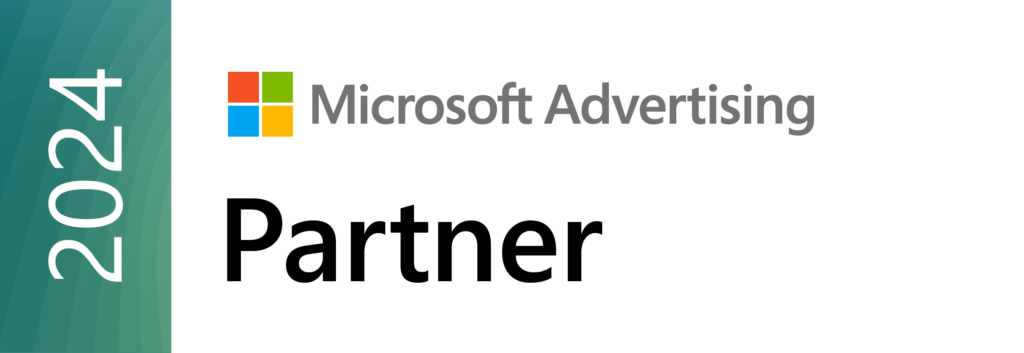In the words of our leaders, 2020 was surreal and challenging, but also a year of immense of learning.
Through it all – the pandemic action plans, work from home, civil unrest and political elections – our healthcare workers remained steadfast in their mission and promise to take care of our communities. They have felt the long hours and longer days, held our loved ones who’ve recovered and passed, forfeited memories with their own children and partners, and supplied us with information when we needed it most. We are so thankful and forever in debt.
Throughout it all, our healthcare workers remained steadfast in their mission and promise to take care of our communities.
Help us help them
To put action to our words of thanks, on behalf of our Tallwave employees and clients, we are donating meals to the healthcare heroes of Banner Health. If you feel so inclined, you too can give back in the following ways:
- Give a monetary donation here.
- Donate personal items: If you have connections to secure bulk items of individually packaged meals, snacks and beverages, or bulk donations of personal care and comfort items (gentle and unscented skincare products, lip balm, cooling towels, mini fans, and more), contact Loren Bouchard at loren.bouchard@bannerhealth.com or 602-747-7439.
With COVID-19 cases continuing to climb, our healthcare workers need our support more than ever. No action will ever be thanks enough for all they have done and continue to do. We are so grateful.
A few words from our leaders
If you’d like to hear a few words about 2020 and how Tallwave navigated through the year, please watch the message from our leaders below:

